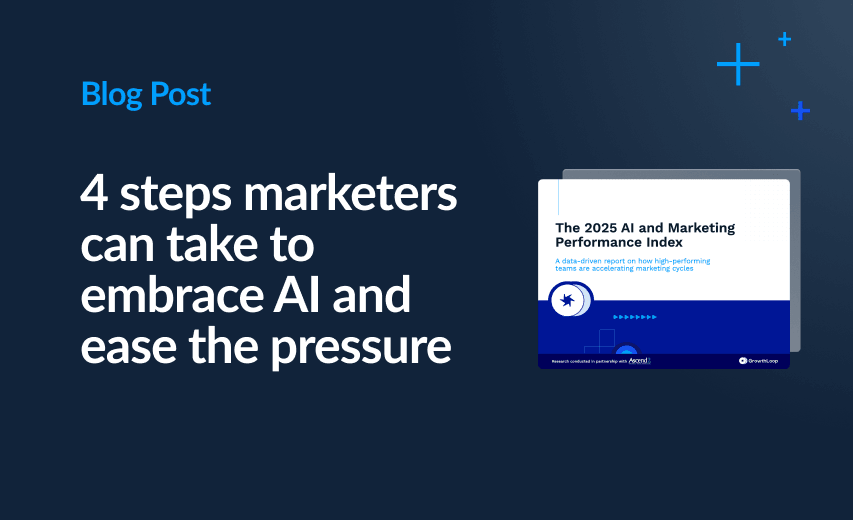How do other AI-related technologies (LLMs, machine learning, generative AI, and agentic AI) relate to AI decisioning?
AI decisioning is a broad concept that leverages various AI technologies to improve decision-making processes. We’ll explore how technologies like large language models (LLMs), machine learning, generative AI, and agentic AI relate to AI decisioning, along with their differences.
Here’s how they relate:
LLMs
LLMs are integrated into AI decisioning systems where natural language understanding or generation is needed. One example is in customer support chatbots, where LLMs analyze questions and decide appropriate responses. Another example is in content analysis, where LLMs process unstructured text like customer feedback to identify trends or sentiments.
The difference between LLMs and AI decisioning is that LLMs excel at processing unstructured text data, while decisioning AI usually involves broader logic and structured models for tasks like classification or automation.
Machine learning
Machine learning is a fundamental component of AI decisioning, as it provides the algorithms to analyze patterns in data and make predictions.
A few examples of machine learning used in AI decisioning systems for marketing include:
Customer segmentation: Machine learning algorithms analyze data to group customers into categories. This helps tailor marketing campaigns to each segment.
Ad targeting and personalization: Machine learning algorithms analyze user behavior, search history, and demographics to predict which ads are most relevant. As a result, a more informed decision about when ads should be placed can be made.
Churn prediction: Marketers can use machine learning to analyze patterns like reduced activity or complaints. They can then use retention strategies like personalized offers and loyalty rewards.
While machine learning focuses on building and refining models, AI decisioning involves the rules, workflows, and actions triggered by these models.
Generative AI
Generative AI supports AI decisioning by creating content that informs decisions, rather than making decisions itself. One example of this using generative AI to create tailored ad content, which AI decisioning systems then optimize for different audiences.
Note that generative AI provides creative outputs that complement decisions instead of determining them. It focuses on content creation, while AI decisioning chooses actions or recommendations based on data and logic.
Agentic AI
AI decision-making systems often use agentic AI technologies to improve their decision-making processes. This is mainly because agentic AI’s autonomous decision-making capabilities, adaptability, and goal-oriented nature align well with the objectives of AI decision-making systems.
Agentic AI’s capacity to handle multi-step, complex challenges boosts AI decisioning’s ability to handle difficult situations. In addition, agentic AI focuses on achieving long-term objectives, aligning with AI decisioning’s aim to make informed choices to meet specific goals.
AI decisioning also benefits from agentic AI’s ability to learn and adapt to new situations by refining its decision-making processes based on past experiences and new data.
While AI decisioning often incorporates agentic AI, one key distinction is that AI decisioning is a broader concept that focuses on making informed choices whereas agentic AI specifically refers to autonomous, goal-oriented AI systems.
Additionally, AI decisioning often involves human oversight and input at various stages, while agentic AI aims for higher levels of autonomy. One example is using agentic AI to continuously monitor campaign performance and adjust variables like ad placements and audience targeting without human intervention.




